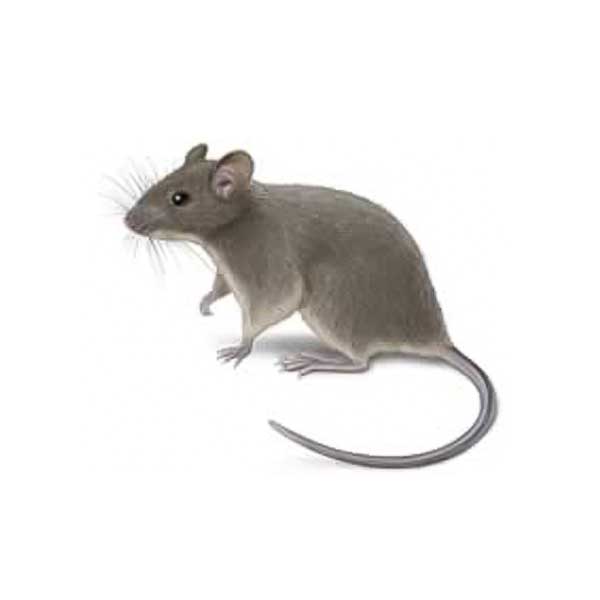House Mice Identification & Prevention
The most common small rodents found within structures, particularly in fall and winter.
Description
House mice are the most common rodents encountered in the United States and are worldwide in distribution. Rodentologists (people who study rodents) consider the house mouse a mammalian weed and claim it is the second most successful mammal on earth, only behind humans. House mice are small, secretive mammals that often live unbeknownst to humans until their droppings (feces) appear in out-of-the-way places such as cabinets, behind appliances, and dark, shadowy corners.
Biology and Behavior
- These are small, usually gray rodents between 2.5 and 3.75 inches long and weigh between 0.5 and 1.0 ounces.
- They deposit thousands of micro-droplets of urine and 50 to 75 droppings (feces) per day.
- They have a three-week pregnancy period with an average of five offspring per litter.
- Female mice can produce 6 to 10 litters in a lifetime.
- They prefer grains, seeds, and insects as food sources but will consume almost any food.
- They consume 1/10 of an ounce of food per day.
- House mice tend to nibble on objects, including electrical wires, which can result in fires.
- They can squeeze through cracks and gaps that are 3/8 of an inch in diameter.
- Most mice live less than one year.
House Mice Prevention Tips
- Place dog food, birdseed, and human food inside rodent-proof containers.
- Keep shrubs, vines, and tree limbs trimmed away from the structure.
- All gaps should be less than 1/4 of an inch to prevent entry.
- Door frames and thresholds should have gaskets or brush shields.
- Seal all utility openings with sealant or pipe collars (escutcheon plates).
- Do not use expanding foam to seal gaps, as mice can chew through it.
- Do not stack lumber, firewood, bricks, pipes, or other debris next to the foundation.
- Cover all vents (attic, crawl space, and dryer) with mesh screens (<1/4-inch).
- Storage areas should be organized and clutter-free, with access to perimeter walls.
- Garbage should be removed daily and stored outside in closed containers.
- Clean food spills and soiled dishes promptly.
Action’s Rodent Control Services
- Rodent Control Programs
- Complete Home Pest Control That Includes Mouse Control
- Commercial & Industrial Pest Management Services
- Pest-Proofing Services

